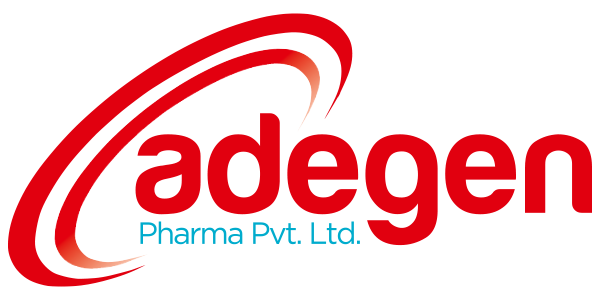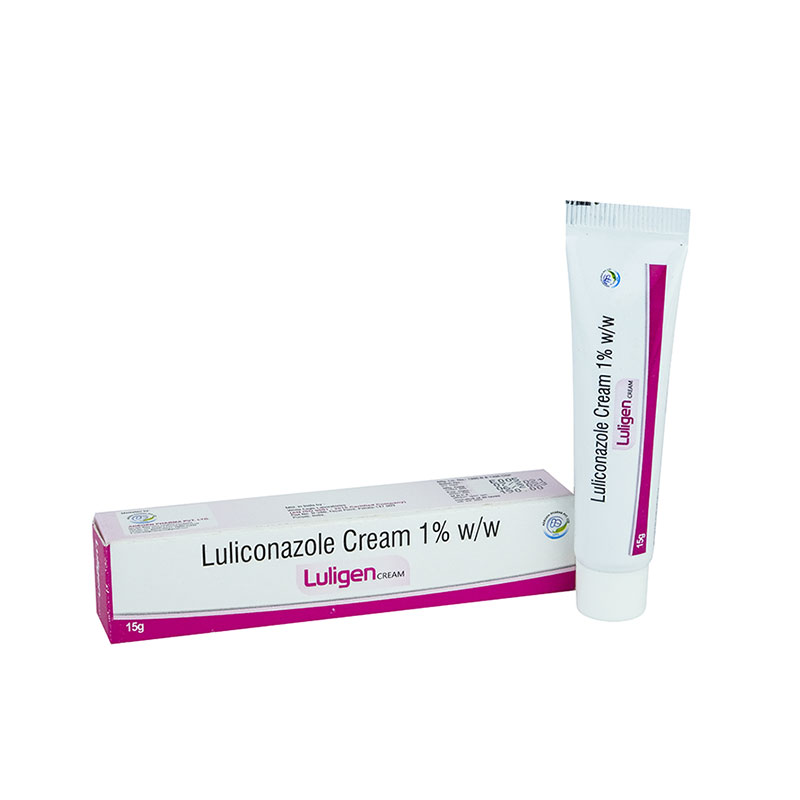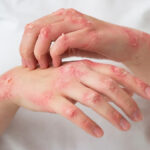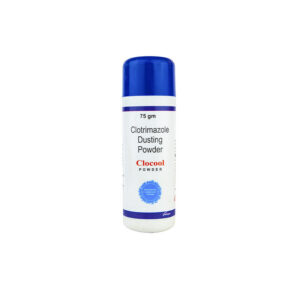LULICONAZOLE 1 % W/W – Luliconazole is an antifungal drug that belongs to a class of medicines known as ‘azoles.’ This is an effective imidazole antifungal agent that works efficiently to treat fungal infections on the skin.
It includes jock itch (a fungal skin infection that causes an itchy rash in warm, moist areas of the body) also known as also called tinea cruris, athlete’s foot (a fungal infection that affects the feet, usually between the toes) also known as tinea pedis or ringworm (a contagious fungal infection that causes itchy, red, ring-shaped rashes on the skin, hair, or nails), also known as tinea.
In the occurrence of these infections, fungus dermatophytes usually grow anywhere on the outer part of the skin, causing symptoms such as burning or stinging pain, red, scaly, itchy skin, blisters, etc.
Mechanism Action of Luliconazole 1%W/W
Enriched with antifungal properties, Luliconazole ointment is a topical cream that inhibits the growth of fungi or yeast by killing or destroying their cell membranes. Cell membranes are essential for fungi’s survival, so luliconazole makes holes in the fungal cell membranes and kills fungi’s growth.
Luliconazole is a broad-spectrum antifungal agent that is effective against various types of fungi, including dermatophytes, yeasts, and molds.
In addition to this, luliconazole topical cream also makes sure to prevent it from returning by completely eradicating its spread. Hence, providing relief from the symptoms of (burning, scaling, and itching) due to the infections.
Uses and Benefits of LULICONAZOLE 1 % W/W
- Having antifungal properties luliconazole is used to treat superficial fungal infections of the skin (ringworm, athlete’s foot). It works by inhibiting the growth of fungi, and yeast and preventing the spread of fungal infections.
- It is also effective in treating inflammatory skin conditions such as inflammation, itching, and redness response on the skin.
- Luliconazone works by inhibiting the growth of fungi by destroying their cell membrane and treating the severity of infections.
- With its broad spectrum of antibacterial and antifungal action, it is effective against a variety of fungi, including dermatophytes, and yeasts causing infections on the skin.
Directions To Use
Here are some safety measures you should follow before administering luliconazole cream.
- Wash your hands before and after applying the medication
- Thoroughly cleanse the affected portion and apply a thin layer of ointment
- Gently apply the medication, do not rub it on the skin.
- Use the dosage as prescribed by your doctor
Side Effects of LULICONAZOLE 1 % W/W
Though Luliconazole is considered a safe medication, no serious toxicity was reported, and only local irritation (mild contact dermatitis and cellulitis) at the site of application was found. The following are the possible side effects:
- Allergic reactions (rash, redness, itching, swelling) at the application site
- Skin exfoliation
- Mild burning
Note: the above-mentioned side effects are usually common and do not require medical attention. In case the symptoms get worse or do not go away on their own, get medical help.
Storage: Keep this ointment in a cool, dim-lighted place or away from the reach of children or pets.
Disclaimer: We do not recommend the use of luliconazole medicine. Consult with your healthcare professional before administering it.
Precautions of LULICONAZOLE 1 % W/W
- Gently apply to the affected area only, do not rub it.
- This medicine is not prescribed to use inside the skin (eyes, nose, mouth, vagina, etc).
- Complete the full course of medication also if you start feeling better.
- If the medication accidentally gets into the eyes, nose, mouth, etc rise with plenty of water immediately.












